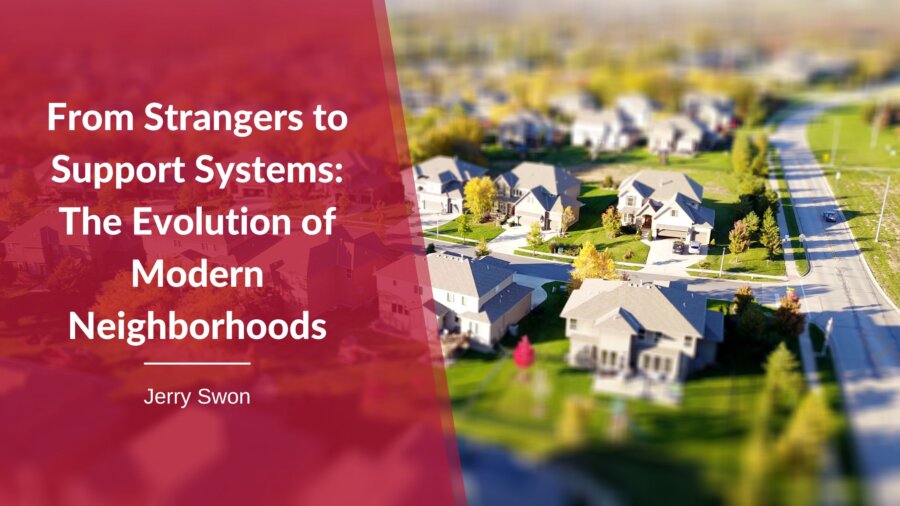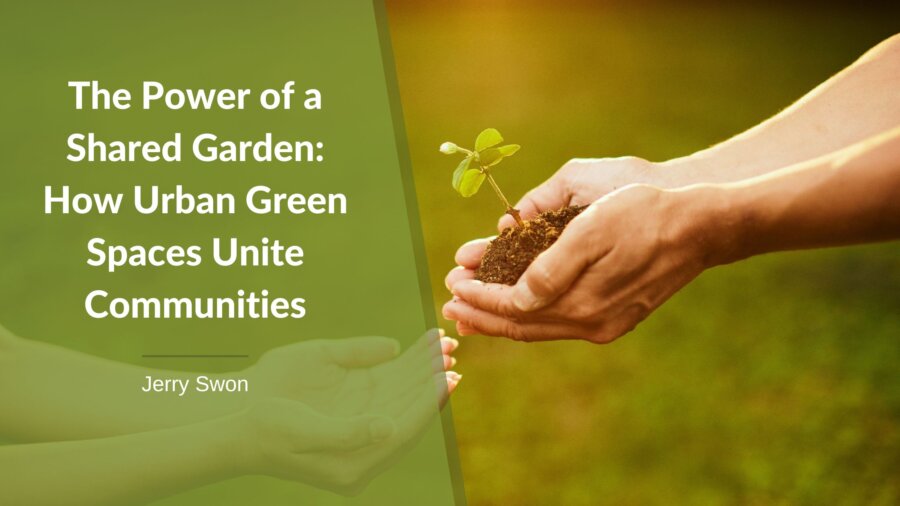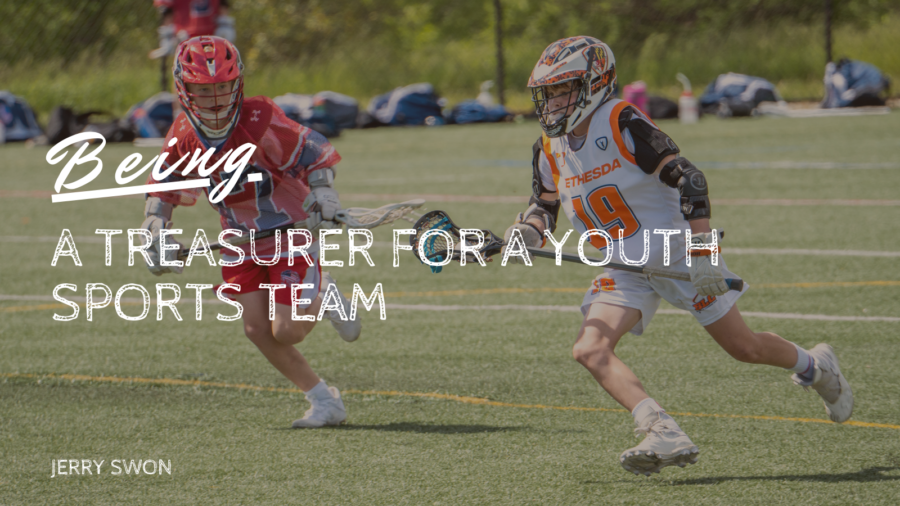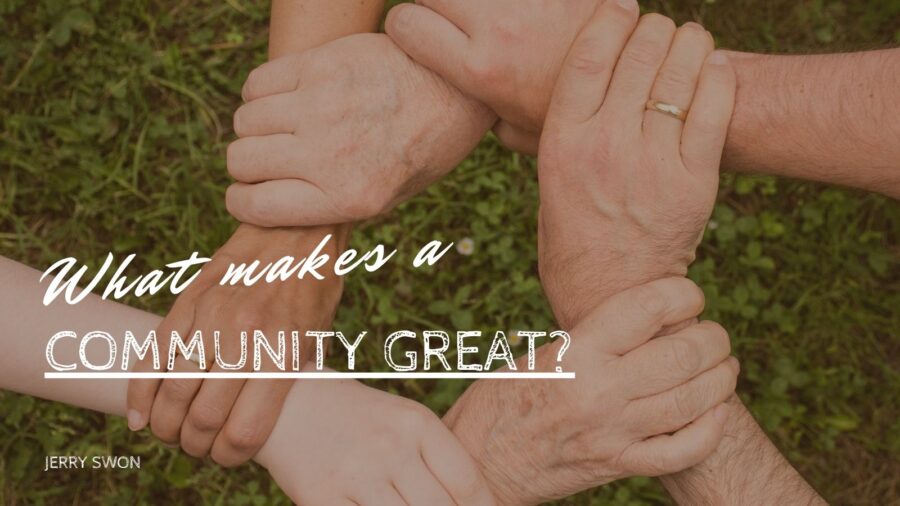Community celebrations are vibrant events that unite people, foster a sense of belonging, and strengthen local bonds. Planning such events, however, requires thoughtful consideration, meticulous organization, and an inclusive approach. These gatherings can range from small neighborhood parties to large-scale festivals, each with unique elements that reflect the community’s spirit and diversity. A successful community celebration provides entertainment, nurtures relationships, honors local traditions, and creates lasting memories. Following guidelines can create meaningful and enjoyable experiences that resonate with the entire community.
Community celebrations have deep historical roots, often originating from ancient rituals, religious ceremonies, or cultural traditions. Today, these events serve multiple purposes: they reinforce communal identities, celebrate diversity, and provide a platform for communal expression. The planning of such events varies greatly depending on the community’s size, demographics, and cultural background.
The importance of these celebrations extends beyond mere festivity. They can stimulate local economies by attracting visitors and promoting local businesses. They provide local artists, musicians, and performers opportunities to showcase their talents. Moreover, they bridge generational and cultural gaps and promote mutual understanding and respect.
However, effective planning is crucial to ensure these objectives are met. It involves logistical organization and understanding the community’s fabric – its values, traditions, and expectations. Engagement and collaboration with community members are vital in this process. This comprehensive planning requires a balance of creativity, pragmatism, and a deep sense of empathy and connection to the community.
Understanding Community Needs and Desires
The first step in planning a community celebration is to understand the community’s needs and desires. This involves active listening and engagement with various community members. Conducting surveys, hosting town hall meetings, and forming focus groups are effective ways to gather input. It’s important to reach diverse groups within the community, including underrepresented populations, to ensure the event is inclusive and reflective of the entire community.
Understanding the community’s demographic makeup, cultural heritage, and interests is crucial. For example, a community with a significant population of young families might enjoy family-friendly activities, while a community with a rich cultural heritage might prefer events that celebrate their traditions. Inclusivity should be a key goal; the celebration should cater to different age groups, abilities, and cultural backgrounds.
This phase also involves identifying the community’s resources, such as available venues, local talents, and potential sponsors. Engaging local businesses and organizations as sponsors or partners helps with funding and promotes a sense of ownership and pride within the community. This approach ensures the celebration resonates with the community’s identity and values.
Managing Logistics and Engaging Volunteers
Effective management of logistics is critical for the smooth execution of community celebrations. This includes securing a suitable venue, arranging food and beverages, organizing entertainment, and ensuring compliance with local regulations and safety standards. A detailed plan should be created that outlines every aspect of the event, from setup to cleanup.
Volunteer engagement is another crucial component. Volunteers not only provide valuable manpower but also bring diverse skills and ideas. Volunteers can be recruited through local community groups, schools, and social media. Providing clear roles and responsibilities and offering training, if necessary, can enhance the volunteers’ experience and efficiency.
It’s essential to have a contingency plan for unexpected challenges, such as inclement weather or technical issues. This includes having backup vendors, alternative indoor venues, and emergency services on standby.
Coordination with local authorities for permits, safety protocols, and public services (like traffic control and waste management) is also imperative. Effective communication and coordination with all stakeholders – vendors, performers, volunteers, local authorities, and community members – are key to managing logistics seamlessly.
Promotion and Ensuring Inclusivity
Promoting the event effectively ensures a good turnout and community engagement. To reach a broad audience, utilize local media, social media platforms, community newsletters, and word-of-mouth. The promotional material should be inclusive, showcasing the diversity of activities and indicating that everyone in the community is welcome.
Ensuring inclusivity in event planning is fundamental. This means considering accessibility for people with disabilities, providing multi-lingual materials if necessary, and ensuring that the event is affordable or free. Activities should appeal to a wide range of interests and ages, and space should be safe and welcoming for everyone.
Feedback should be gathered post-event to assess its success and areas for improvement. This can be done through surveys, social media, or community meetings. Continuous engagement with the community, even after the event, helps in building trust and sets a positive foundation for future events.
Planning a celebration for your community is a rewarding yet challenging endeavor. It requires a deep understanding of the community’s fabric, meticulous logistical planning, and a commitment to inclusivity and engagement. Such celebrations can become a cornerstone of community life by actively listening to the community’s needs, involving volunteers, effectively managing logistics, and ensuring the event is inclusive and well-promoted.
These events are more than just gatherings; they reflect the community’s spirit, diversity, and unity. They allow community members to unite, celebrate their unique identities, and create shared experiences. The success of these events can foster a stronger sense of community, enhance local pride, and build lasting bonds among residents. As planners, the ultimate reward is seeing the joy and connections these celebrations foster, reinforcing the belief that well-planned community events can build stronger, more connected, and more vibrant communities.










